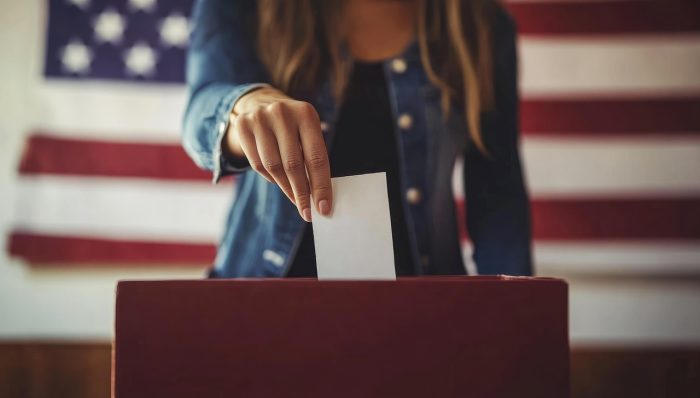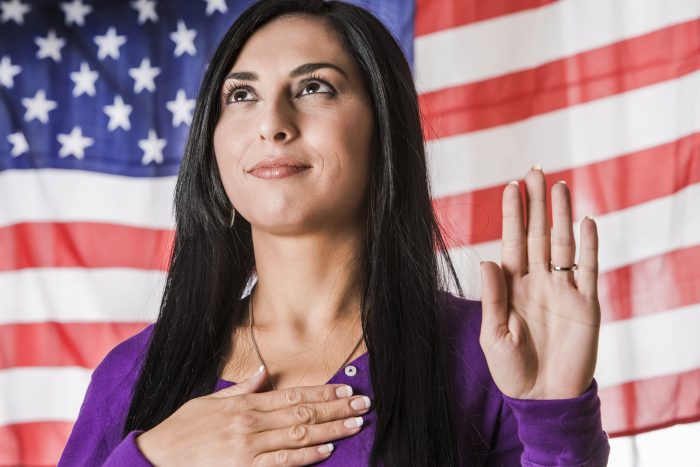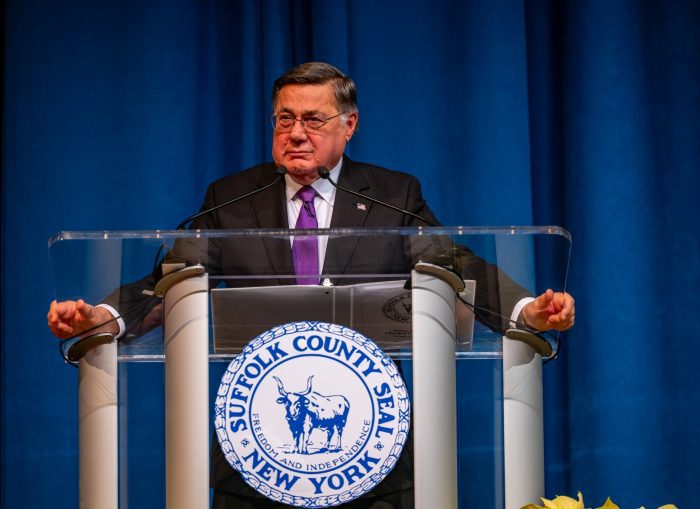By Nancy Marr
Since the mid-20th century, when mass production of plastics began, they have infiltrated our lives. Their production and incineration release significant greenhouse gases, which contributes to climate change. The fact that plastics resist natural decay makes it difficult to recycle them. Nearly all the plastic ever produced still exists in one form or another, and it is estimated that its production is expected to triple by 2060.
Because they are inexpensive to produce and can be lightweight, the single-use plastics are useful as trash bags, utensils, and household items, and are used by the food and healthcare industries for hygiene, durability and cost effectiveness.
Plastics also pose risks to human health. Recent studies have found microplastics in almost every part of the human body, including breast milk, the placenta, testicles, hearts, livers and kidneys. Although the full effects are still under research, the presence of plastic in our bodies raises serious concerns. Plastics also contain chemicals like bisphenol-A (BPA) and phthalates, which can leach into food and beverages. These disrupt hormones and are linked to health issues such as infertility, obesity, and cancer. Microplastics, formed when larger plastics degrade, are now found in seafood and even drinking water.
A key issue is not how much plastic waste is produced, but how much of it is mismanaged — improperly disposed of, often ending up in nature. Many developing nations lack the infrastructure to properly collect, sort, or recycle plastic, resulting in widespread dumping into the environment. Nigeria (87.5%), India (68.6%), and Indonesia (43.8%) have some of the highest rates of mismanaged waste, while wealthier countries such as the U.S.(5.1%) and the U.K. (6%) perform better, though not ideally.
The United States produces more than any other nation, over 42 million metric tons of plastic waste, largely impacting communities of color and low income communities. New York State produces 6.8 million tons of packaging waste each year. Most of this packaging is sent to landfills, burned in incinerators, or littered in our streets, parks and beaches. Far too much finds its way into our rivers, lakes, and the Atlantic Ocean.
There were hopes that a United Nations global plastics treaty would be finalized by the end of 2024. However, due to resistance, especially from oil-producing companies, it did not happen. Talks are set to continue, but progress will depend on local action.
Since 2020, at least 5 states (California, Montana, Oregon, Minnesota and Maine) have enacted Extended Producer Responsibility legislation to make plastics producers responsible for curbing plastic pollution and paying municipalities for their share of managing the waste. In response, plastics producers have worked to improve their recycling efforts.
As reported in Resource Recycling, Nicole Portley, program leader for the Oregon Department of Environmental Quality, pointed out “It’s important for producers to remember that the EPR came about as a compromise between industry and anti-plastic advocates, who wanted regulations like product bans.”
In New York State, Assemblymember Deborah J. Glick and Senator Peter Harckham (S1462) have introduced The Packaging Reduction and Recycling Infrastructure Act. The bill requires big companies to cut their plastic packaging by 30% over the next twelve years, bans 14 highly toxic chemicals including PFAS, formaldehyde, mercury, lead, vinyl chloride, and bisphenols that are used in packaging, and requires the companies responsible for dealing with the packaging waste to pay the municipalities dealing with it.
A question has been raised about the cost to consumers from the introduction of EPR requirements. Satyajit Bose, Columbia School of Professional Studies, estimates that there would be no more than a maximum increase of $4 per household in monthly grocery costs, while plastic manufacturers claim $40 to $60 more per month. The bills are currently in committee; they will amend the Environmental Conservation Law, passed by the New York State Legislature in 2014, which included Article 27, Plastic Bag Reduction, Reuse and Recycling.
This bill is urgently needed. Long Island is responsible for 1.6 million tons per year of which 205,000 tons go to landfills off Long Island, and 1.4 million tons are sent to waste-to-energy facilities, resulting in 400,000 tons of ash that must be landfilled. The one wise choice everyone agrees with is to reduce our waste stream. This bill does just that.
We need to press the Assembly and Senate and Governor Hochul to sign this bill this year in June to reduce the impact of plastic waste on our communities.
Nancy Marr is Vice-President of the League of Women Voters of Suffolk County, a nonprofit nonpartisan organization that encourages the informed and active participation of citizens in government and influences public policy through education and advocacy. For more information, call 631-862-6860.














